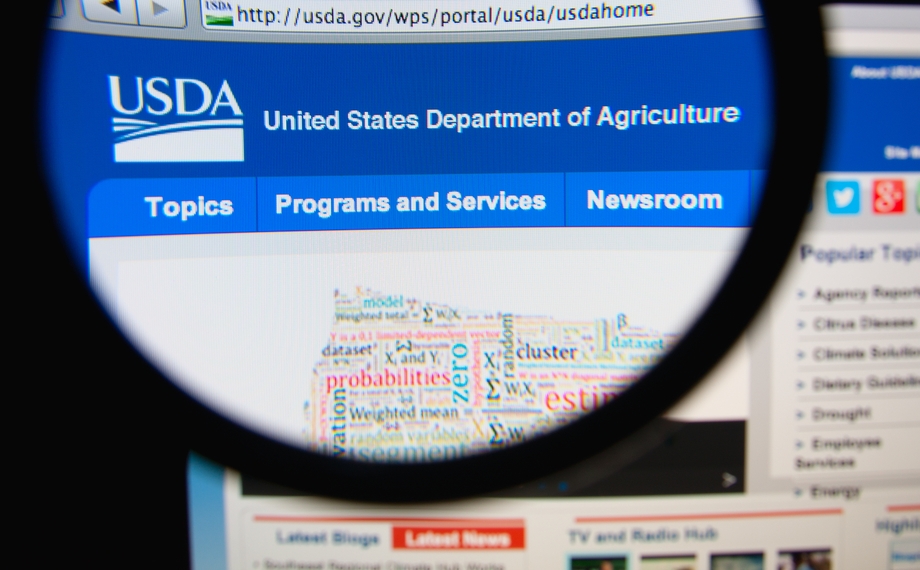Updated 2015-2020 Dietary Guidelines Urge Americans to Eat Seafood at Least Twice Each Week
Contact: Gavin Gibbons
(703) 752-8891
ggibbons@nfi.org
WASHINGTON, D.C., Jan. 7, 2016 – The United States Departments of Agriculture (USDA) and Health and Human Services (HHS) released the 2015-2020 Dietary Guidelines for Americans (DGA), which encourage Americans to eat seafood at least twice weekly because of its heart and weight benefits. The Guidelines also underscore the importance for pregnant and breastfeeding women to eat more seafood to improve babies’ health. While most Americans eat an adequate amount of total protein foods, nearly all eat far too little seafood—the average American eats one serving of fish per week, while the average pregnant woman eats half a serving per week. To make the shift to eat more seafood and reap its health benefits, the Guidelines suggest choosing fish like a salmon steak or tuna sandwich in place of meat or poultry twice each week. The updated DGA are based on dozens of seafood studies; a full copy of the 2015 DGA can be found at http://health.gov/dietaryguidelines/2015/guidelines/.
“Seafood is rich in nutrients most of us don’t get enough of like omega 3s, vitamin B12, iron and vitamin D,” said Gabriela Siegel, MD, of Atlanta Women’s Obstetrics and Gynecology. “I look forward to continuing to work with my patients to come up with simple ways they can shift to seafood twice a week so they don’t miss out on the heart and weight benefits for themselves and brain development boost for their babies.”
At a time when Americans are told to limit so many foods including popular proteins, seafood is among the handful of foods Americans are encouraged to eat more often. An underlying premise of the Dietary Guidelines is that nutritional needs should be met primarily from foods. All forms of foods, including fresh, canned, dried and frozen, can be included in healthy eating patterns.
“Many people think of fish as a center-of-the-plate protein, but it can also be an interesting ingredient,” said Rima Kleiner, MS, RD, dietitian with the National Fisheries Institute. “Think shrimp pasta or tuna and avocado dip with whole grain crackers as easy and accessible options to incorporate into meals at least twice a week.”
Eating more seafood to meet the new Dietary Guidelines can be accomplished by:
- Swapping out traditional mealtime proteins with seafood – modify familiar recipes by replacing chicken or beef with seafood. Chicken quesadillas become canned tuna quesadillas and beef or turkey burgers become salmon burgers.
- Round-the-clock options – seafood is no longer just a choice for lunch or dinner; it can be a healthy part of snacks, appetizers and breakfast.
- Keeping it convenient – fresh, frozen and canned seafood are all healthy, nutrient-rich options.
For more information about the health benefits of fish consumption, resources and recipes for easy ways to increase fish in your diet, visit www.GetRealAboutSeafood.com.
About National Fisheries Institute
The National Fisheries Institute (NFI) is a non-profit organization dedicated to education about seafood safety, sustainability, and nutrition. From vessels at sea to your favorite seafood restaurant, our diverse member companies bring delicious fish and shellfish to American families.
NFI and its members are committed to sustainable management of our oceans and being stewards of our environment by endorsing the United Nations’ Principles for Responsible Fisheries. Our investment in our oceans today will provide our children and future generations the health benefits of a plentiful supply of fish and seafood tomorrow.
From responsible aquaculture, to a marketplace supporting free trade, to ensuring the media and consumers have the facts about the health benefits of fish and shellfish, NFI and its members support and promote sound public policy based on ground truth science.
# # #



